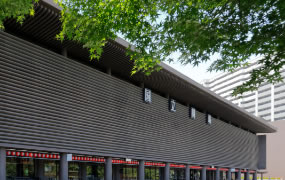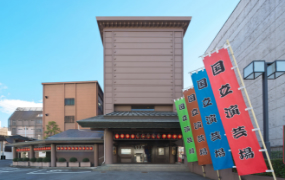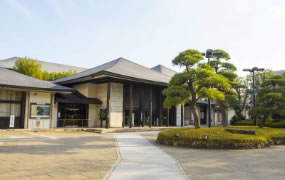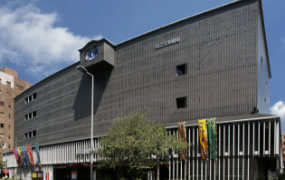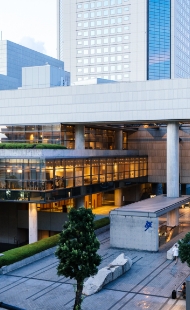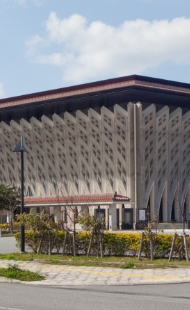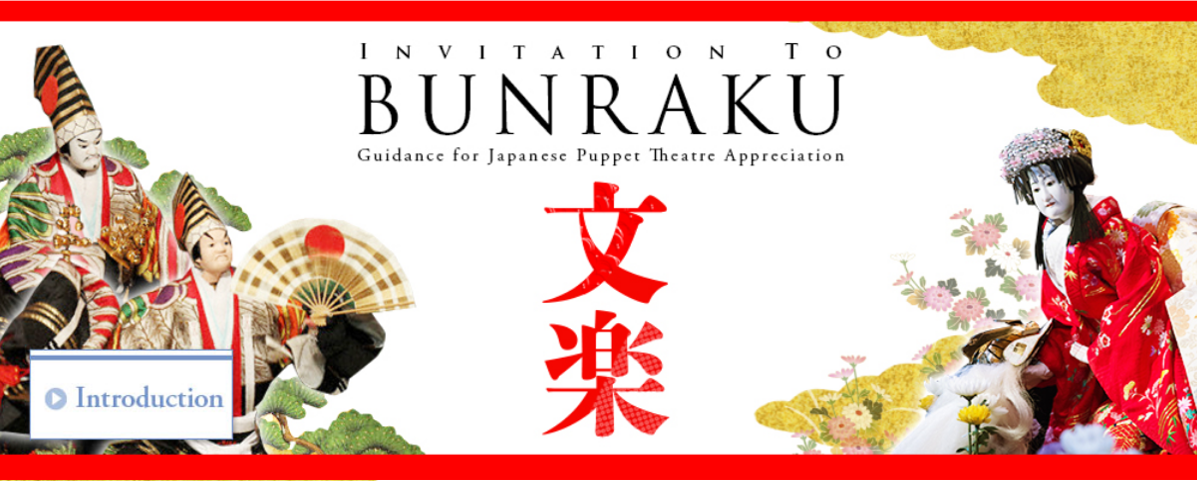Outline
In spring, when cherry blossoms bloom, Terminal 3, the international terminal of Haneda Airport (Tokyo International Airport), will be full of international tourists. The National Theatre (Chiyoda-ku, Tokyo), the hall of fame for traditional performing arts, will present an event that showcases BUNRAKU and NIHONBUYO at "Edo Stage" on the 4th floor so that as many international tourists as possible can directly watch and feel the charms of traditional Japanese performing arts. A commentary by the performer with an English translation and compact presentations will be given. You can experience the joy of traditional performing arts up close!
●Performance Times
①13:30~ NIHONBUYO
②14:30~ BUNRAKU
③15:30~ NIHONBUYO
④16:30~ BUNRAKU
*Each session will take approximately 45 minutes or less (estimated).
*① and ③, ② and ④ have the same content.
*Please note that there may be changes.
●Prices
Free
●Miscellaneous
・Folding chairs will be set in front of the Edo Stage.
・Those who do not get chairs will be required to stand in a designated space.
・Viewing in areas obstructing traffic is prohibited by regulations.


